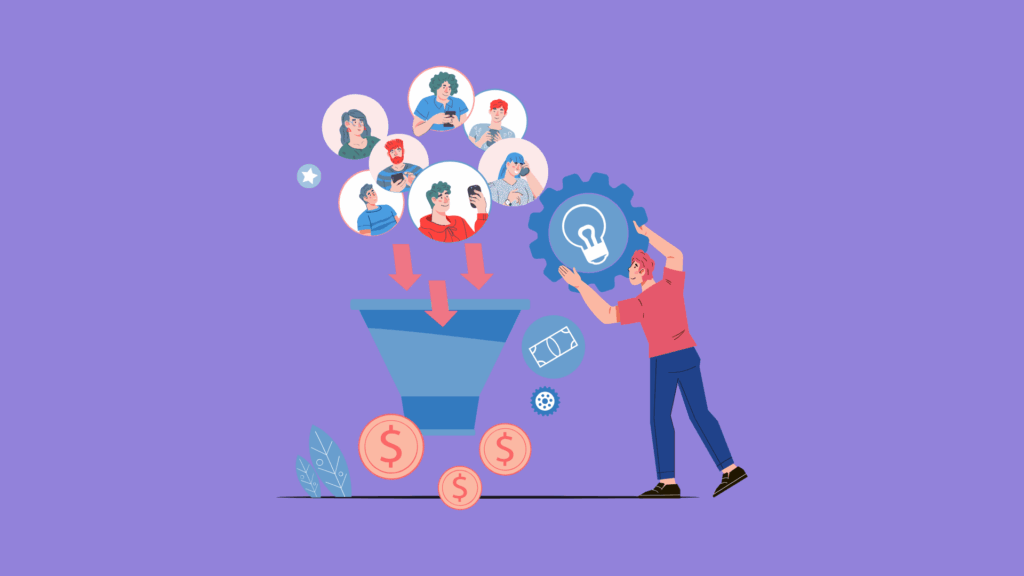Designing for Scale: Why Diversity in GTM Leadership Builds Smarter Systems

GTM leadership diversity isn’t just cultural. It’s operational. Improve pipeline accuracy, system integrity, and decision-making in scaling organizations.
Outbound Isn’t Dead, But It Requires a Smarter Playbook

Outbound is not failing. It reveals where systems, ownership, and processes break. Learn how structured playbooks, Salesforce workflows, and engagement tools drive consistent, repeatable outbound motion.
Rethinking Agentforce: Why Agents Are an Ongoing Operational Discipline, Not a One-Time Rollout

Agentforce acts like a teammate, surfacing hidden workflow gaps to protect pipeline health and maintain forecast accuracy.
The RevOps Maturity Curve: Where You Are and How to Advance

Explore the RevOps maturity curve and learn how to spot hidden gaps, reduce friction, and strengthen revenue confidence as your systems scale.
Driving Pipeline Growth with a Structured Outbound Playbook

How a carefully designed and structured outbound playbook helped a high-growth healthtech company generate pipeline, boost deal sizes, and give leadership predictable revenue visibility.
Build vs. Buy: How to Future-Proof Your Tech Stack Without Bloated Costs

Learn how to choose between building or buying to future-proof your RevOps tech stack, reduce hidden costs, and keep data consistent as your systems scale.
The Role of RevOps in Customer Expansion: Driving Net Revenue Retention

NRR improves when expansion is built into the customer lifecycle. See how representing maturity in Salesforce and embedding stage-based triggers creates consistent, system-driven growth.
Understanding Agentforce: What It Is and How It Learns

Understand how Agentforce works, how AI agents learn, and what it takes for teams to move from basic automation to collaborative autonomy in their GTM systems.
The Hidden Link Between Energy, Nutrition, and Productivity in RevOps Teams

Energy, focus, and nutrition quietly shape RevOps performance. Discover how small shifts in team rhythm, leadership pacing, and day-to-day support can improve productivity, data accuracy, and operational confidence.